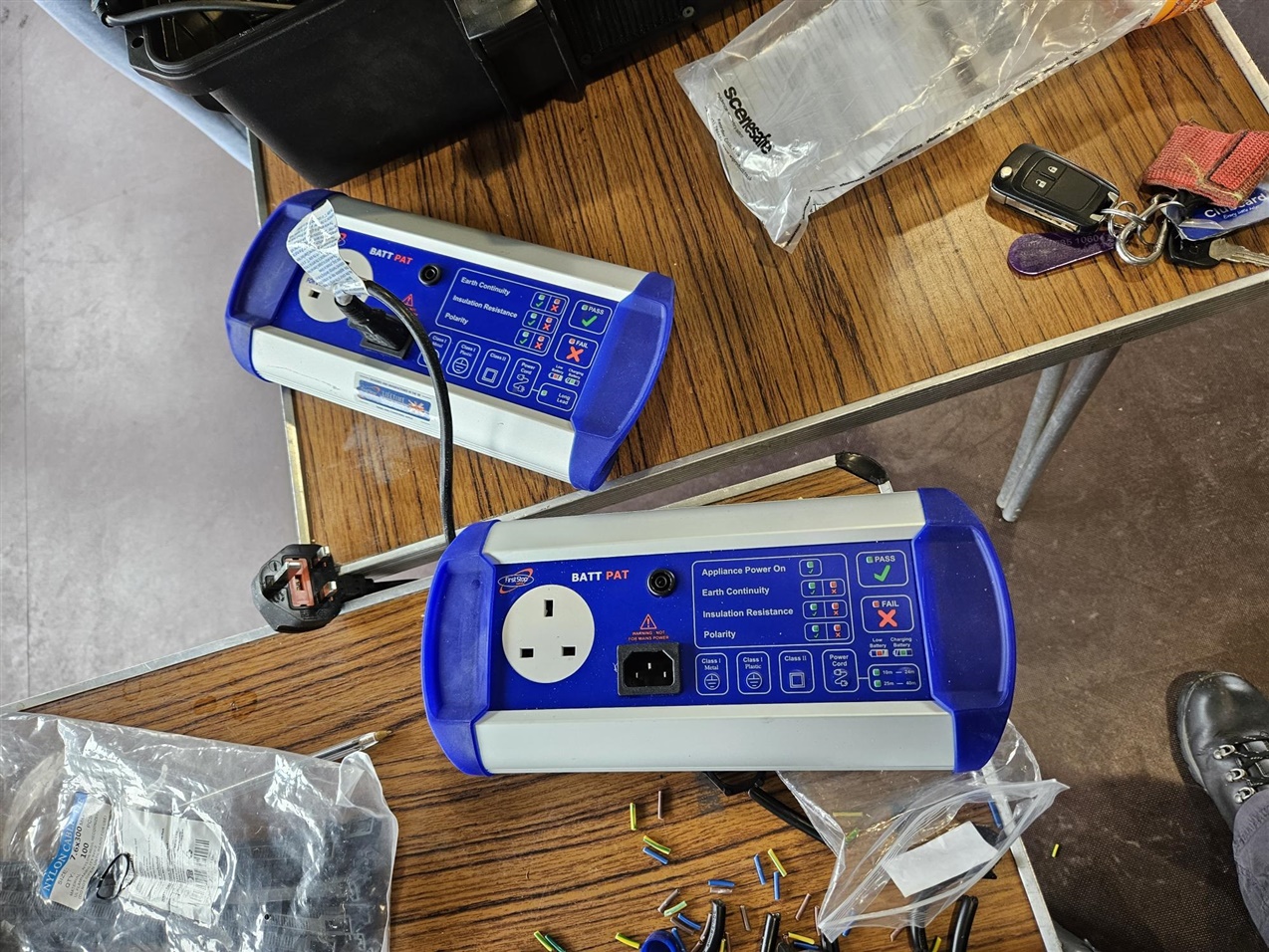Have used a First Stop Pat tester which is fully calibrated etc. NO passing issues on extension leads etc. Long or short. Bought a new PAT tester (lower one in photo) which appears to be an upgraded model. However, all power cord tests fail. Pass on older device and fail on newer device. Scratching our heads to work this out. Supplier a tad surprised too. We even swapped the new unit in case it was faulty and no difference. Any ideas? Any one else having issues with latest version of first Stop PAT tester?


